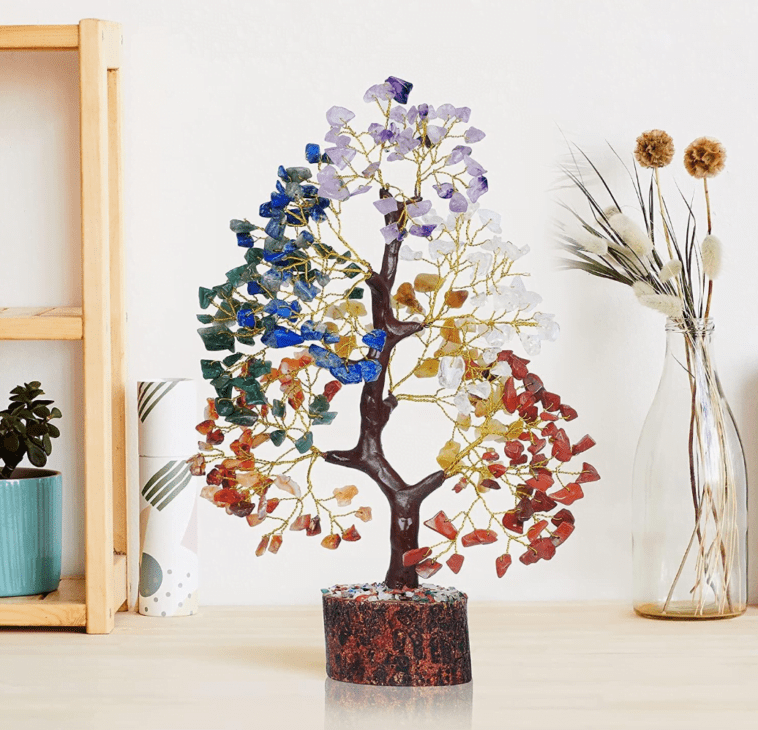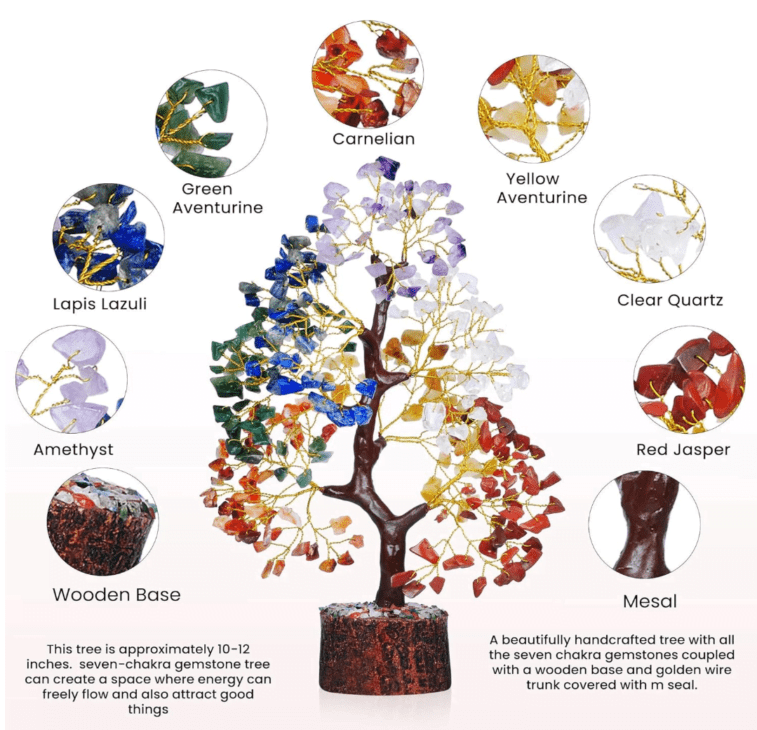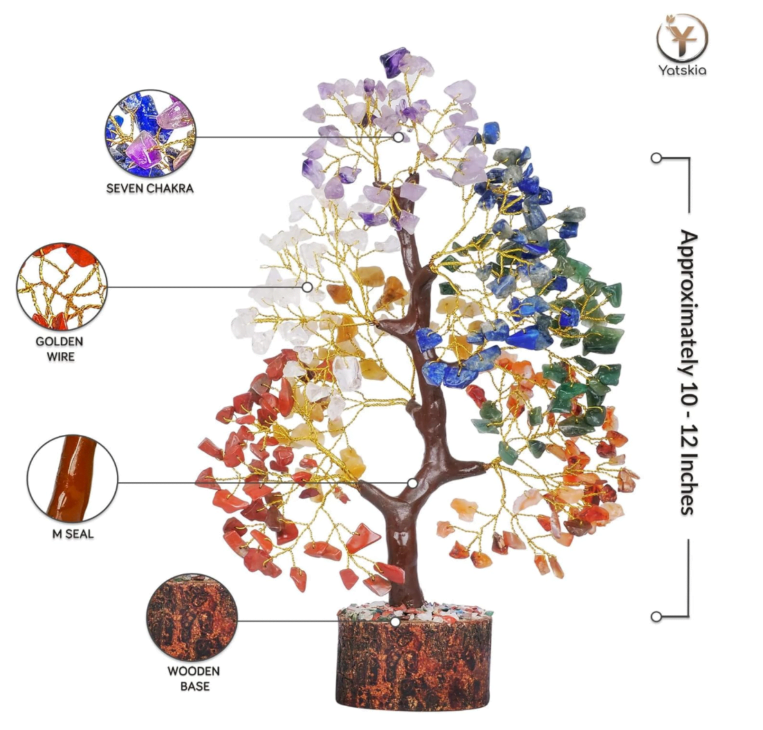Chilling Tales: 5 Local Horror Stories from Singapore’s Diverse Cultures

A Vengeful Encounter: A Chinese Horror Story
In a small town nestled within Singapore’s vibrant urban landscape, I found myself enveloped in an unsettling experience that changed my perception of ancestral spirits. My name is Jian Wei, a 32-year-old resident of Timah, Singapore, and my encounter with a vengeful spirit began one fateful night when I unintentionally disregarded an essential family ritual. As a child, I was instilled with values emphasizing the importance of honoring our ancestors; however, modern distractions sometimes obscured these traditions, leading to a conflict between cultural beliefs and contemporary life.
One evening, during the seventh month of the lunar calendar, I neglected to prepare the customary offerings meant for my ancestral spirits. As the sun dipped below the horizon, an eerie silence permeated my home, soon interrupted by strange noises—soft whispers echoing through the empty halls. I initially brushed these sounds off as mere imagination, but as the days passed, the disturbances intensified. Shadows moved in the periphery of my vision, and I began to have unsettling dreams of a figure hovering at the foot of my bed.
Each night, my anxiety grew, culminating in a nocturnal confrontation that left me utterly terrified. With heart pounding and a palpable sense of dread, I faced what I believed to be my ancestral spirit—a sorrowful yet furious apparition. Its eyes, dark and penetrating, seemed to beckon me toward a reckoning of my neglect. In that moment, the air charged with an unearthly energy, I finally understood the weight of familial duty that I had so carelessly dismissed.
After several nights of torment, I organized a ritual to honor my ancestors, seeking atonement for my actions. The overwhelming atmosphere of sorrow gradually subsided, yet the chilling memory of the encounter remains etched in my mind. This experience not only reaffirmed my commitment to cultural traditions but also served as a potent reminder of the consequences of neglecting our ancestral ties.
Reflecting on this event now brings both fear and reverence, as I navigate the delicate balance between honoring my heritage and embracing modernity in Singapore.
The Haunting of the Pontianak: A Malay Story
In the heart of the dense, emerald jungles of Singapore, a tale of horror has lingered for generations, passed down through whispered stories and hushed conversations. This is the haunting of the Pontianak, a sinister figure in Malay folklore believed to be the spirit of a woman who died during childbirth. Her relentless cries echo through the night, signifying her search for revenge against those who wronged her in life. One evening, as the sun dipped below the horizon, a brave young man ventured into the jungle to explore the serene beauty that masked its ominous presence.
The forest, once a place of peace and tranquility, soon transformed into a labyrinth of darkness. As he walked deeper, the atmosphere shifted; an unsettling chill enveloped him. Suddenly, the stillness was pierced by a bone-chilling wail echoing through the trees, the unmistakable cry of the Pontianak. Panic surged through him as he recalled tales of her appearances, notably the warning that her beauty could ensnare and lead to certain doom. With every step, the heaviness of dread settled in, an unshakeable feeling that he was not alone.
The piercing cries grew nearer, taking on an almost melodic yet horrifying intonation. He felt compelled to run but was paralyzed by the fear of what might lie behind him. The legend stated that the Pontianak often lured her victims with her beauty, only to reveal her true form, a terrifying visage of decay and anger. The sight could shatter any man into paralyzing despair. As he stumbled through the underbrush, a figure flickered in the shadows—a fleeting glimpse of someone, or something, embodied the very essence of his worst nightmares.
In that moment, he understood the cultural significance of the Pontianak. It represented both a warning and a reflection of societal fears surrounding women’s roles, birth, and the unknown. It offered lessons of caution for the young and a reminder to the older generations of respect for life and death. As the haunting atmosphere continued to thicken around him, he made a dash for safety, forever marked by the chilling encounter. Reflecting on his harrowing experience, he recognized that such tales serve not only as fearful reminders but as keepers of cultural identity within the diverse tapestry of Singapore.
The Cursed Artifact: An Indian Horror Story
As I stood in my grandfather’s attic, a wealth of forgotten relics lay before me, each object steeped in stories waiting to be unearthed. Among the dusty antiques, I discovered a small, intricately carved figurine, its once vibrant colors now dulled by time. It intrigued me, yet an uncanny sensation washed over me as I brushed my fingers against its surface. Little did I know that this seemingly innocuous artifact was steeped in Indian mythology, harboring a dark and malevolent curse.
During a quiet evening, while recounting tales from my ancestral roots, I learned about this figurine’s history from my grandmother. Beyond its artistic beauty, it was once a talisman believed to protect against malevolent spirits, yet it had been corrupted through misuse. Over time, those who owned it faced a series of unfortunate events. Curiosity morphed into unease as strange occurrences unfolded in my home. Initially, it was misplaced items; then, the unsettling sound of whispers echoed through the halls at night, chilling me to my core.
Haunted by sleepless nights, I sought answers and uncovered a local folklore about the artifact. It revealed the tragic demise of its previous owners—a family tormented by relentless sorrow and inexplicable fear. As the nights progressed, the entity linked to the curse manifested in increasingly terrifying ways, leaving me paralyzed with dread. Finally, an inevitable confrontation became unavoidable. I lit a ghee lamp and chanted ancient prayers, invoking the power of unity within my culture while bracing to confront the darkness that had invaded my home.
The encounter was surreal, as the room filled with an oppressive presence. Yet, immersing in my cultural beliefs offered strength against the supernatural. I ultimately found resolution by returning the figurine to its rightful resting place, deep in the woods where it was first unearthed. The experience left an indelible mark on my life, leading me to appreciate the significance of cultural inheritance and the delicate balance between reverence and condemnation of the past.
An Omen of Death: A Sikh Horror Story
It was a cold and quiet night when I awakened from a vivid dream saturated with vivid imagery and unsettling emotions. As a Sikh, I have always been aware of the cultural significance of dreams, especially when they forewarn of dire events. That particular night, I dreamt of a dark figure standing at the foot of my bed, its visage obscured by shadows. The figure whispered phrases in Punjabi, words steeped in ominous foreboding. Although I initially dismissed the dream as mere figments of my imagination, the heaviness in my heart suggested otherwise.
Over the course of the next few days, pallid signs began appearing around my home. A black cat crossed my path as I left for work, an age-old belief in Sikh culture that denotes bad luck or misfortune. My grandmother often recounted tales of spirits and omens throughout her life, and I couldn’t shake the thoughts of her warnings. At times, I felt as if I were being followed, an unsettling sensation that intensified my worry. Small, inexplicable accidents—a broken glass, a leaky tap—added to my growing sense of unease.
Then, just as I was beginning to rationalize my fears, the culmination of those haunting warnings unfolded. My neighbor had passed away unexpectedly, a vibrant soul suddenly extinguished. The uncanny timing of these events left me questioning the very fabric of spirituality as taught by our culture. I could not dismiss the connection between my eerie experiences and the unfortunate news that struck so close to home. I share this story as a cautionary tale of the weight that cultural beliefs carry in our understanding of life and death.
My name is Harjit Singh, I am 32 years old, and I currently reside in Singapore. My tale serves as a reminder of the intricate web of dreams, omens, and reality within the Sikh tradition.
Taoist Spirits: A Tale from the Other Side
As night enveloped the town of Bukit Batok, an unease filled the air. It was during the Qingming Festival, a time when Taoists honor their ancestors and pay tribute to the spirits that linger between the realms of the living and the dead. I, Liang, a 32-year-old resident of Singapore, prepared for an evening steeped in ritual. My family had always participated in these customs; tonight, however, felt exceptionally heavy with anticipation.
After setting up an altar adorned with incense, offerings of fruits and steamed buns, I lit the joss sticks, allowing the fragrant smoke to waft gracefully upwards, symbolizing communication with the other side. It was then I felt an eerie chill, as if a cold breath whispered through the dimly lit room. Dismissing it as a mere draft, I continued my prayers, imploring the spirits to accept my offerings and grant peace.
Suddenly, an overwhelming sense of presence enveloped me. The shadows lengthened, and I distinctly felt a pair of unseen eyes watching my every move. As I chanted, objects around me began to tremble, and the curtains fluttered as if stirred by an invisible hand. My heart raced, caught between fear and fascination. This was not just part of my spiritual practice; I was intertwined with the unseen world.
In that moment, the boundary between realms began to blur. A dark figure manifested towards the back of the room, its form nebulous yet menacing. I could hardly breathe, paralyzed by an inexplicable mix of terror and intrigue. I realized these were not just spirits; they were remnants of history, carrying unfulfilled desires and lingering pain.
When the haunting presence finally dissipated, I was left shaken but profoundly changed. The experience instilled within me a deeper respect for the Taoist beliefs that guide our homage to the spirits. It is a reminder that the other side is filled with complexities beyond mere ghost stories. Here in Singapore, we are not just connected to our ancestors but also to the emotions and histories encapsulated within their ethereal existence.
Reflecting on this chilling encounter, I acknowledge the power of the unknown, the importance of rituals, and the need to honor those who have passed. This experience has encouraged me to tread thoughtfully between my world and theirs, forging a deeper bond with the legacies they leave behind.
Chakra Tree of Life – Crystal Tree for Positive Energy
The Chakra Tree of Life is more than just a decorative piece—it’s a powerful talisman believed to protect against evil and negative energies in India. Crafted with seven chakra stones, this crystal tree is said to balance energies, warding off harmful forces like jealousy, financial misfortune, and ill-intentions. Ideal for creating a shield of positivity, it is believed to block negativity, protect your aura, and enhance overall well-being. Place it in your home or workspace to invite harmony and prosperity while keeping evil at bay.











